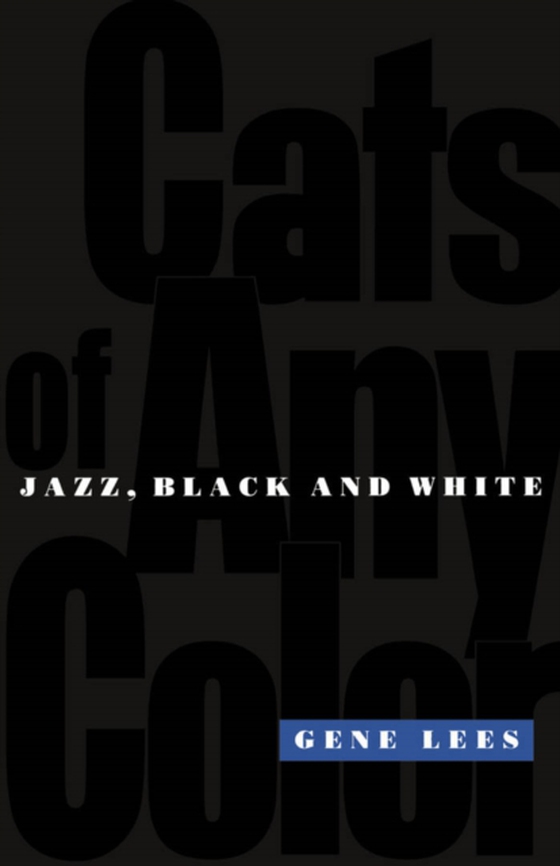
Cats of Any Color e-bog
82,58 DKK
(inkl. moms 103,22 DKK)
It was none other than Louis Armstrong who said, "e;These people who make the restrictions, they don't know nothing about music. It's no crime for cats of any color to get together and blow."e; "e;You can't know what it means to be black in the United States--in any field,"e; Dizzy Gillespie once said, but Gillespie vigorously objected to the proposition that only black people c...
E-bog
82,58 DKK
Forlag
Oxford University Press
Udgivet
21 december 1995
Genrer
AVGJ
Sprog
English
Format
pdf
Beskyttelse
LCP
ISBN
9780195356137
It was none other than Louis Armstrong who said, "e;These people who make the restrictions, they don't know nothing about music. It's no crime for cats of any color to get together and blow."e; "e;You can't know what it means to be black in the United States--in any field,"e; Dizzy Gillespie once said, but Gillespie vigorously objected to the proposition that only black people could play jazz. "e;If you accept that premise, well then what you're saying is that maybe black people can only play jazz. And black people, like anyone else, can be anything they want to be."e;In Cats of Any Color, Gene Lees, the acclaimed author of three previous collections of essays on jazz and popular music, takes a long overdue look at the shocking pervasiveness of racism in jazz's past and present--both the white racism that long ghettoized the music and generations of talented black musicians, and what Lees maintains is an increasingly virulent reverse racism aimed at white jazz musicians. In candid interviews, living jazz legends, critics, and composers step forward and share their thoughts on how racism has affected their lives. Dave Brubeck, part Modoc Indian, discusses native Americans' contribution to jazz and the deeply ingrained racism that for a time made it all but impossible for jazz groups with black and white players to book tours and television appearances. Horace Silver looks back on his long career, including the first time he ever heard jazz played live. Blacks were not not allowed into the pavilion in Connecticut where Jimmie Lunceford's band was performing, so the ten-year-old Silver listened and watched through the wooden slats surrounding the pavilion. "e;And oh man! That was it!"e; Silver recalls. Red Rodney recalls his early days with Charlie "e;Bird"e; Parker, and pianist and composer Cedar Walton tells of the time Duke Ellington played at the army base at Ford Dix and allowed the young enlisted Walton to sit in. Tracing the jazz world's shifting attitude towards race, many of the stories Lees tells are inspiring--Brubeck cancelling 23 out of 25 concert dates in the South rather than replace black bass player Eugene Wright, or Silver insisting that while he strives to provide his fellow black musicians opportunities, "e;I just want the best musicans I can get. I don't give a damn if they're pink or polka dot."e; Others are profoundly disturbing--Lees' first encounter with Oscar Peterson, after a Canadian barber flatly refused to cut Peterson's hair, or Wynton Marsalis on television claiming that blacks have been held back for so many years because the music business is controlled by "e;people who read the Torah and stuff."e;From the old shantytowns of Louisville, to the streets of South Central L.A., to the up-to-the-minute controversies surrounding Marsalis's jazz program at Lincoln Center, and the Jazz Masters awards given by the NEA, Cats of Any Color confronts racism head-on. At its heart is a passionate plea to recognize jazz not as the sole property of any one group, but as an art form celebrating the human spirit--not just for the protection of individual musicians, but for the preservation of the music itself.
 Dansk
Dansk

